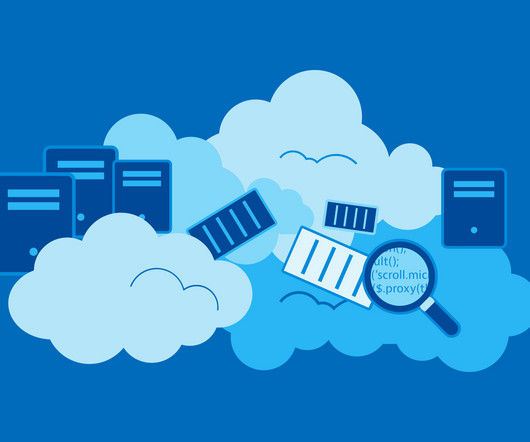What is Greenplum Database? Intro to the Big Data Database
Scalegrid
MAY 13, 2020
Greenplum Database is an open-source , hardware-agnostic MPP database for analytics, based on PostgreSQL and developed by Pivotal who was later acquired by VMware. High performance, query optimization, open source and polymorphic data storage are the major Greenplum advantages. What Exactly is Greenplum?













Let's personalize your content